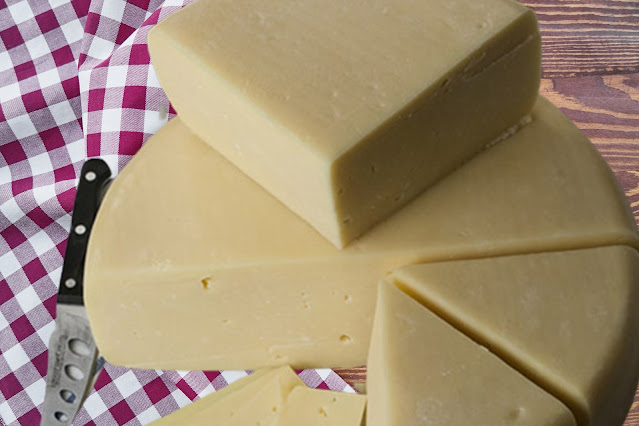What is kasseri cheese? Nestled in the sun-soaked lands of Greece, kasseri cheese stands as a testament to the country's rich culinary heritage and artisanal craftsmanship. With its distinct flavor, smooth texture, and versatile nature, kasseri cheese has earned a well-deserved place on the plates of cheese connoisseurs around the world. Join us as we embark on a journey to explore the captivating characteristics, cultural significance, and culinary delights of kasseri cheese.
A Time-Honored Tradition
Kasseri cheese boasts a legacy deeply rooted in Greek culinary traditions. Its name is derived from the Turkish word "kaşar," meaning "aged cheese." This hints at the cheese's historical ties to the Ottoman Empire, where it gained popularity. Today, kasseri cheese is produced throughout Greece, particularly in regions like Macedonia and Thrace, using traditional methods passed down through generations.
Distinct Characteristics
Kasseri cheese possesses a unique set of characteristics that make it truly exceptional. Made primarily from sheep's milk, or a blend of sheep's and goat's milk, it has a pale yellow color and a semi-hard texture. Its texture can vary, ranging from firm to slightly crumbly, depending on the aging process.
What truly sets kasseri cheese apart is its distinct flavor. It boasts a rich, tangy taste with a hint of sweetness. As it ages, the cheese develops a more pronounced and complex flavor profile, with nutty and savory undertones. The aging process also contributes to the formation of a natural rind, which adds to the cheese's unique character.
Culinary Versatility
Kasseri cheese's versatility in the kitchen is one of its greatest assets. Its rich flavor and semi-hard texture make it suitable for a wide range of culinary applications. Here are some popular ways to savor the delights of Kasseri cheese:
- Melting and Grilling: Kasseri cheese melts beautifully, making it perfect for grilled cheese sandwiches, paninis, or as a topping for dishes like pizza or burgers. Its creamy consistency and bold flavor add a delectable touch to any melted cheese creation.
- Saganaki: Kasseri cheese is a star ingredient in the famous Greek dish known as Saganaki. It is pan-fried until golden and served with a squeeze of lemon juice, creating a crispy exterior and a creamy, gooey center.
- Cheese Platters: Kasseri cheese is an excellent addition to cheese platters, offering a distinct flavor and smooth texture. Pair it with olives, dried fruits, nuts, and honey for a delightful combination of tastes and textures.
- Sandwiches and Wraps: Sliced or shredded, kasseri cheese elevates sandwiches and wraps with its bold flavors. It can be used in cold or hot sandwiches, adding a unique twist to classics like ham and cheese or chicken wraps.
- Grated and Melted: Grated kasseri cheese can be used to enrich pasta dishes, risottos, and traditional Greek recipes like moussaka or pastitsio. Its creamy texture and robust taste add depth and richness to these comforting dishes.
A Taste of Greek Tradition
Kasseri cheese not only tantalizes the taste buds but also represents the cultural heritage and craftsmanship of Greek cheesemakers. The production of kasseri cheese involves a careful balance of traditional techniques and modern expertise, ensuring that the cheese maintains its exceptional quality and flavors.
With each bite of kasseri cheese, you not only savor its unique taste and texture but also connect with the culinary traditions and dedication of Greek artisans who continue to preserve and share this cultural delicacy.
Kasseri cheese captures the essence of Greek culinary tradition, offering a timeless flavor experience that transports you to the picturesque landscapes of Greece. Its distinctive characteristics, versatility, and rich cultural significance make it a must-try for cheese enthusiasts and a true celebration of Greek gastronomy. So, indulge in the allure of kasseri cheese and savor the flavors that have delighted palates for centuries.
